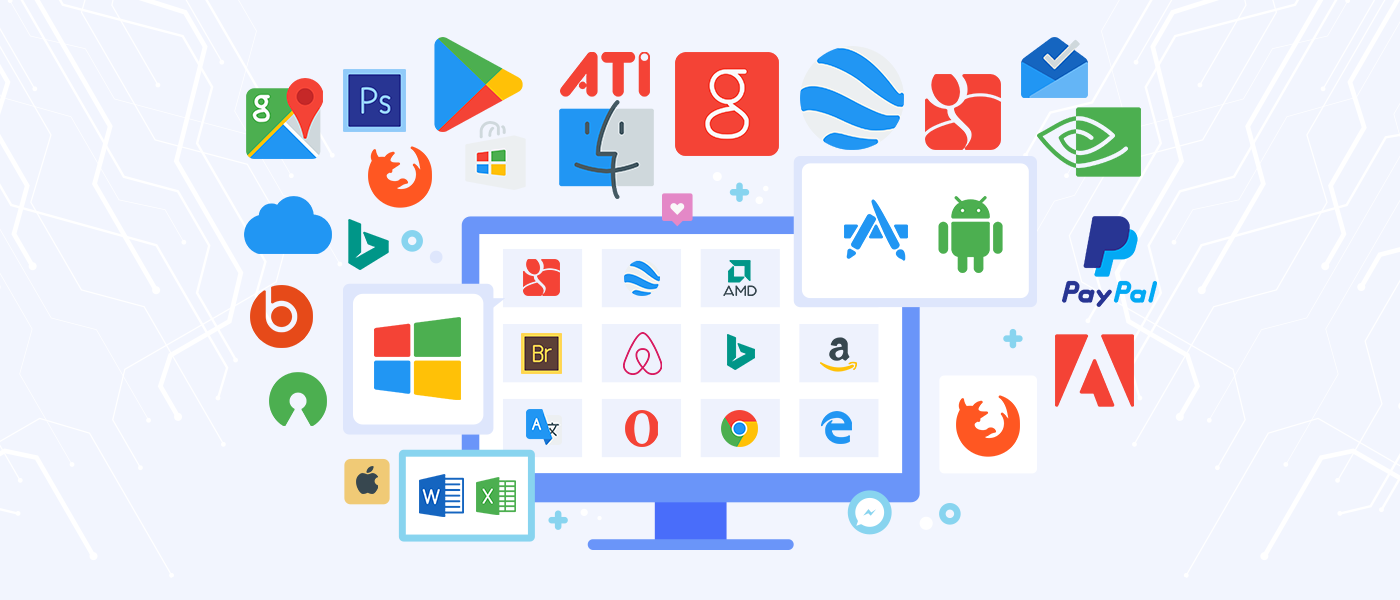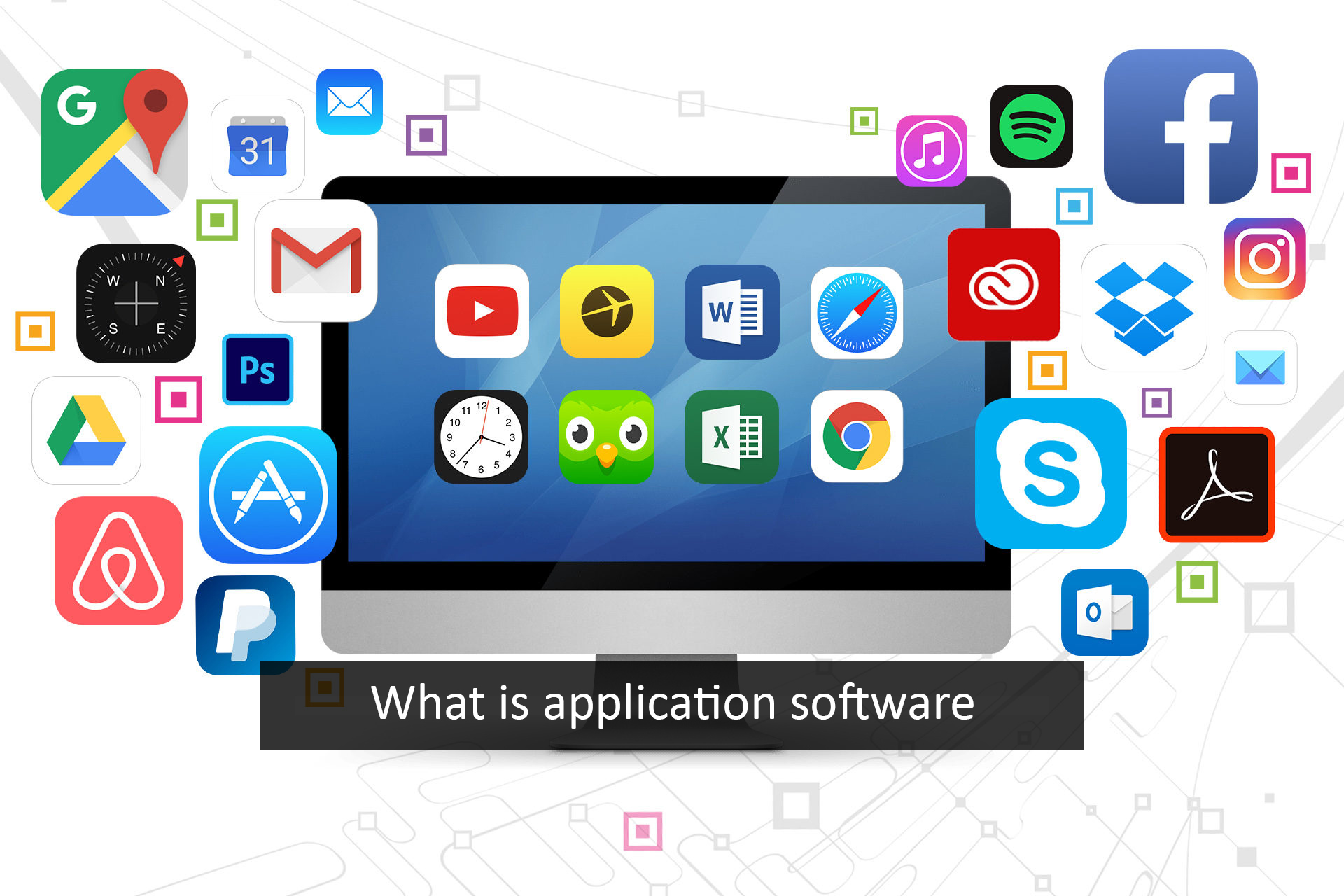Understanding Software: The Unseen Force Powering Our Digital World
In our increasingly digital lives, we interact with "software" countless times a day, often without even realizing it. From the moment you unlock your smartphone to the complex systems running global businesses, software is the invisible engine driving everything. But what exactly is software? And why is it so fundamental to modern existence? Let's dive in and demystify this critical component of our technological landscape.
What Exactly is Software? The Brains Behind the Machine
At its core, software is the set of instructions, data, or programs that tell a computer what to do. Think of it as the brain or the 'mind' of a computer, while hardware is the physical body. It's the opposite of hardware, which describes the physical components of a computer system like the screen, keyboard, or processor. Software is intangible; you can't physically touch it, but it's absolutely essential for any computer or digital device to function.
The term "software" itself was coined to differentiate these instructions from hardware. It comprises the entire set of programs, procedures, and routines associated with the operation of a computer system. Essentially, software is a collection of instructions, data, or computer programs that are used to run machines and carry out particular activities. It's the variable part of a computer, allowing it to adapt and perform diverse tasks.
The Two Main Pillars: System Software vs. Application Software
While "software" is a generic term, it broadly encompasses two main categories, each serving distinct purposes:
System Software: The Foundation of Operation
System software controls the inner workings of computers. It's the backbone that manages the hardware and software resources of a computer, allowing other programs to run smoothly. The most prominent example of system software is the operating system (OS). Operating systems come with some software already installed, providing the basic environment for you to interact with your device. Examples include:
- Windows: Like Windows 11, Windows 10, Windows 8.1, or Windows 7. These operating systems provide the graphical interface and core functionalities for millions of PCs worldwide.
- iOS: The operating system for Apple's iPhones and iPads, which includes built-in apps like Photos, Weather, Calendar, and Clock.
- Utility Programs: These are also part of system software, designed to help manage and tune the computer hardware and software. An antivirus program, for instance, helps protect the computer from viruses and other malware by scanning or monitoring files.
Application Software: Tools for Specific Tasks
Application software, often referred to as "apps," is designed to help users accomplish specific tasks. These are the programs you interact with daily to get work done, communicate, or be entertained. If your device doesn't have all the software you need, you can always add more. Examples are vast and varied:
- Productivity Tools: Microsoft Office (Word, Excel, PowerPoint) for creating documents, spreadsheets, and presentations.
- Web Browsers: Internet Explorer, Chrome, or Microsoft Edge, used to navigate the internet.
- Multimedia Software: Adobe Photoshop for image editing, or video editing software for creating and manipulating videos.
- Specialized Software: There's software tailored for almost every industry, such as specialized law firm software, medical practice software, or software for architects and engineers.
- Entertainment Software: Video games, streaming applications, and other leisure-focused programs.
Application software allows you to carry on your work, or even entertain yourself with leisure, demonstrating the immense versatility and utility of software.
The Unseen Heroes: Quality, Security, and Legalities
While software offers incredible capabilities, its development and distribution come with critical responsibilities. Software quality assurance and security are paramount. Bugs and security vulnerabilities can lead to system failures, data loss, and even severe security breaches. Therefore, rigorous testing and continuous monitoring are essential to ensure software is robust, reliable, and safe.
Beyond functionality and security, legal issues also play a significant role. Software licenses and intellectual property rights are crucial aspects governing the distribution and use of software products. These legal frameworks protect the creators' work and define how users can legally acquire, use, and redistribute software.
The Art and Science of Software Creation
Software doesn't just appear; it's meticulously crafted. Programs and software are created by coders using different software tools, known as programming software. This process involves writing instructions in computer code that tells a computer how to behave or how to perform a specific task. It's a blend of logic, problem-solving, and creativity.
In the realm of software development, there's a growing emphasis on not just functionality but also user experience and innovation. Some believe that technology, when infused with artistic flair, elevates experiences. "Join us on this journey where every line of code is an artistic stroke, and every software solution is a masterpiece in the making," highlights this perspective. Companies like Software.com automate data to measure and benchmark critical areas of investment in software development and R&D, providing actionable, quantitative insights to unlock developer productivity and accelerate innovation.
Where to Get Software? Official and Reputable Sources
When looking to acquire software, especially operating systems or commercial programs, it's always best to download from official and reputable sources to ensure authenticity, security, and proper licensing. For example, you can download Windows 11, Windows 10, Windows 8.1, or Windows 7 from the official Microsoft Store. Microsoft also offers a wide range of products, services, and solutions for education, business, and developers.
For other applications, looking to download safe free versions of the latest software for Windows, freeware, shareware, and demo programs from a reputable download site is advisable. This helps avoid malicious software and ensures you're getting legitimate versions.
Conclusion: Software - The Pulse of Our Digital Age
Software is far more than just a collection of programs; it's the very pulse of our digital age. It's the intangible force that brings hardware to life, enabling us to communicate, create, learn, work, and entertain ourselves in ways unimaginable just a few decades ago. From the foundational system software that manages our devices to the myriad of application software that empowers our daily tasks, software is constantly evolving, pushing the boundaries of what's possible.
Understanding software is key to navigating our modern world. It's a testament to human ingenuity, a blend of intricate logic and creative problem-solving that continues to shape our present and define our future. As technology advances, so too will software, becoming even more integrated and indispensable in every facet of our lives.
Summary of Key Points:
Software is the intangible set of instructions, data, and programs that operate computers and execute specific tasks, contrasting with physical hardware. It comprises system software (like operating systems and utilities) that manages computer resources, and application software (apps) designed for specific user tasks (e.g., productivity, browsing, entertainment). Critical aspects of software include quality assurance and security to prevent failures and breaches, alongside legal considerations like licensing and intellectual property rights. Software is created by coders using programming tools, with an increasing focus on innovation and user experience. It should always be downloaded from official and reputable sources to ensure safety and authenticity.

Software 101: A Complete Guide to Different Types of Software - Goodcore

TYPES OF SOFTWARE || APPLICATION SOFTWARE || SYSTEM SOFTWARE || UTILITY

What is application software with example – IT Release